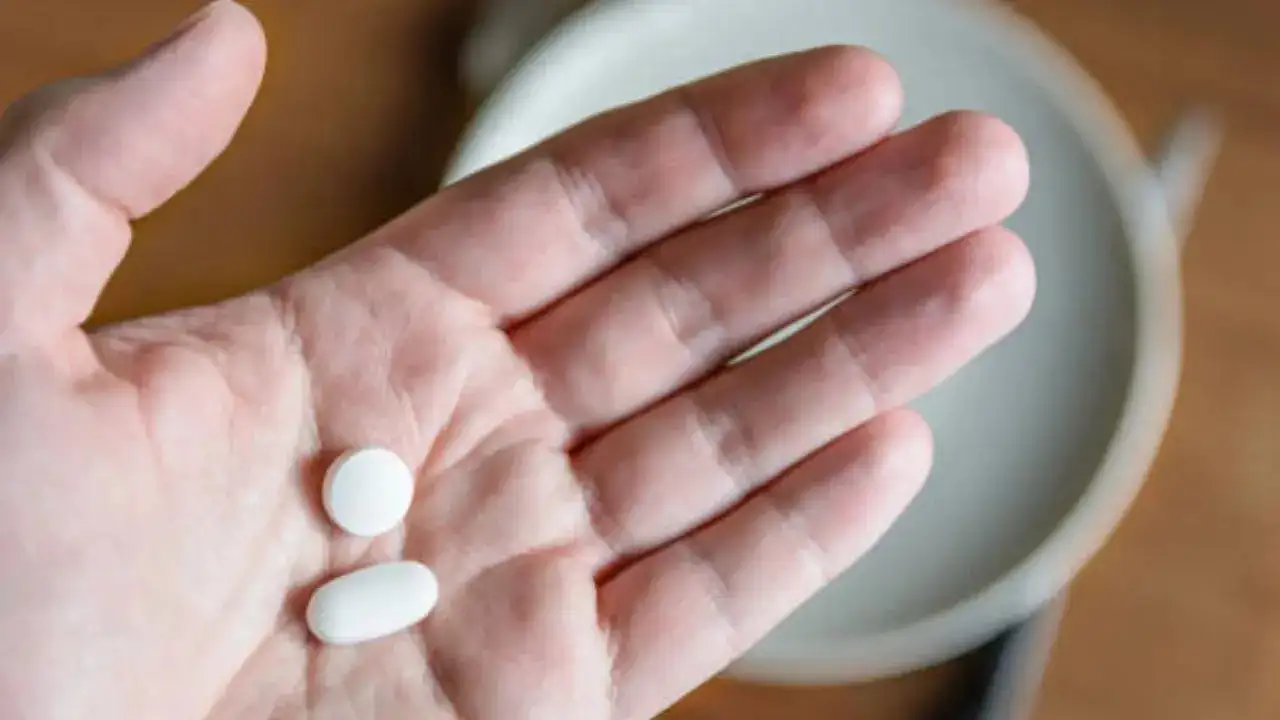
US-Based Gastroenterologist Compares Dolo-650 To Candy—Is India Overdosing On Paracetamol? (Image Credits: iStock)
In a country where popping a pill has become second nature, it's common to see people reaching for over-the-counter medicines at the first hint of discomfort. Be it a mild headache, low-grade fever, body ache, or even fatigue—many prefer to self-medicate rather than consult a doctor. The idea is simple: why suffer or wait, when a quick fix is just a tablet away?
Over time, this behaviour has led to the casual use of common drugs, especially painkillers and fever reducers. Medications like paracetamol are now viewed as routine remedies—often taken without prescriptions or second thoughts. While this trend may seem harmless, experts warn that indiscriminate and frequent use of such medicines can have serious consequences, especially on liver health.
One drug that has become a household name in India is Dolo-650. During the COVID-19 pandemic, it became the go-to solution for managing fever and body aches, with people stocking it up like groceries. The craze was so intense that even social media took notice.
Dr Palaniappan Manickam, a US-based gastroenterologist and health educator, took to X (formerly Twitter) on April 14 where he posted that, “Indians take Dolo 650 like it’s Cadbury Gems.” His post instantly resonated with thousands across the country, many of whom chimed in with their own Dolo anecdotes. Some admitted to hoarding it during the pandemic, others joked about how it had replaced turmeric in their family medicine cabinet.
But behind the humour lies a critical health question—how safe is it to pop Dolo-650 at the slightest discomfort? And more importantly, should we be more cautious about the way we treat this widely available pill?
What Exactly Is Paracetamol?
Paracetamol, also known as acetaminophen in some parts of the world, is a widely used pain reliever and fever reducer. It comes in several forms—tablets, capsules, syrup, and powders. One Dolo-650 tablet contains 650 mg of paracetamol, and while it's typically safe when taken as per guidelines, excessive or unnecessary use can be risky.
According to the UK’s National Health Service (NHS), adults can generally take 1–2 tablets (500 mg each) at a time, not exceeding 4 grams (8 tablets) in 24 hours. Taking it alongside other medications that also contain paracetamol, however, can accidentally push you over the limit.
Why You Shouldn’t Treat It Like Candy
“Frequent use of Dolo-650—even for mild headaches or fatigue—can do more harm than good,” warns Dr Bharat Agrawal, Senior Consultant in General Medicine at Apollo Hospitals, Navi Mumbai. He explains that while it’s a reliable antipyretic and analgesic, taking it more than 3–4 times a day or over an extended period can strain the liver.
Instead of instantly reaching for a tablet, Dr Agrawal suggests non-drug remedies for common complaints like fatigue or mild headaches. “Hydration, rest, and managing stress should be the first line of action. If symptoms persist, consult a doctor—don’t medicate blindly.”
Dr Shiba Kalyan Biswal, Clinical Director of Pulmonology at Marengo Asia Hospitals, Gurugram, shares that, “Daily use of Dolo-650 is not safe. The liver has to process the medication, and over time, it can result in chronic liver damage. Worse still, frequent users might develop a tolerance, diminishing the pill's effectiveness.”
The Hidden Danger of Self-Medicating
Most of us don't think twice about popping a Dolo. But self-medication comes with serious risks, especially when taken without understanding the ingredients in other medications.
“Paracetamol is present in many over-the-counter cold and flu combinations. People don’t realise that taking multiple such medications can lead to an overdose,” says Dr Agrawal. “Overdose is one of the leading causes of acute liver failure—and it’s often accidental.”
Dr Biswal points out another danger: masking symptoms. “If you’re constantly medicating, you might be hiding the early signs of a more serious illness. This delays diagnosis and could be life-threatening.”
Who Should Not Take Dolo-650?
Both experts agree—Dolo-650 is not for everyone. According to Dr Agrawal, “Patients with liver disease—whether due to hepatitis, cirrhosis, or alcohol abuse—should avoid Dolo-650 or use it only under strict medical supervision. Chronic alcohol users are especially vulnerable because alcohol magnifies the liver toxicity of paracetamol.”
The list doesn’t end there:
People with kidney problems may require dose adjustments.
Dr Biswal adds, “Even people who think they’re healthy should be cautious. It’s not a multivitamin. Just because you don’t feel immediate side effects doesn’t mean there’s no harm being done.”
Dolo-650 is undoubtedly effective when used correctly. Doctors are urging the public to practice responsible use—understand the risks, avoid unnecessary self-medication, and always consult a health expert if symptoms are persistent or unclear.
Get Latest News Live on Times Now along with Breaking News and Top Headlines from Health and around the world.
